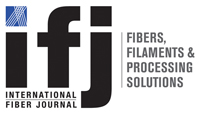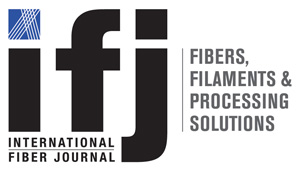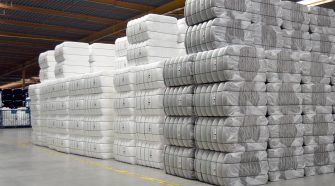
Demand for sustainable packaging and materials is catching on
The use of technical textiles is quietly expanding in the US$850 billion global packaging market – an industry that is on the verge of a transformation with the arrival of …

Automotive textile producers prepare for total transformation
With the global automotive industry facing unprecedented change over the next few decades, suppliers of automotive textiles, including nonwovens and composites, are being challenged to realign their strategies as these …
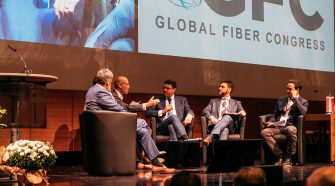
Global Fiber Congress embraces sustainability and the entrepreneurial spirit
Under the backdrop of climate change and environmental pollution, the fiber industry has become a major focal point for the textile and nonwoven industries, as well as along the entire …
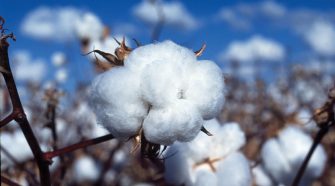
Are natural fibers poised for a comeback?
It feels like synthetic fibers are under siege. The fabrics used to manufacture a major part of the world’s clothing have been shown to shed microfibers that, when laundered, end …

Enhanced occupational safety drives protective textiles market
By Geoff Fisher, European Editor
The second half of the 20th century saw a dramatic increase in the need for personal protection. The rise of health and safety requirements in the workplace has required the use of protective apparel for workers in many industries, while the threat of chemical and biological terrorist attacks, as well as natural pandemics, have become key political issues.
